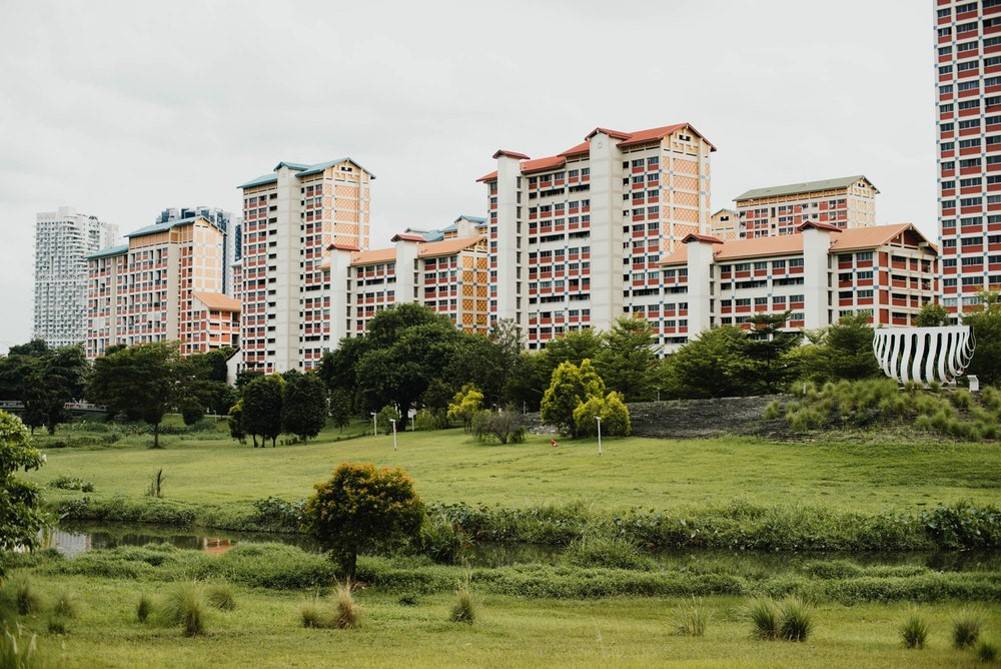The health and wellbeing benefits of Green Infrastructure
Monday 19th November 2018

Traditionally, the term ‘Infrastructure’ refers to networks and systems which provide essential services, including water, electricity and transport. The term ‘Green Infrastructure’, which was introduced in the 1990s, refers to the delivery of these services in a greener manner, with an emphasis on multi-functionality. Green Infrastructure has the ability to deliver a number of societal, environmental and economic benefits. Enhancing people’s general health and wellbeing is just one of the advantages offered by Green Infrastructure. But how exactly can it have a positive effect on the public?
What is Green Infrastructure?
Green Infrastructure is a strategic approach to the conservation of open space. This is achieved when local communities, landowners and developers work together to establish how the land network can be conserved in order to promote healthy ecological functioning. Essentially, the purpose of Green Infrastructure is to create new developments in harmony with nature; helping to preserve existing environmental assets while creating new ones.
Green Infrastructure was established in the 1990’s in response to an increased awareness of public health, flood management, biodiversity and climate change with regards to planning and designing urban areas. Before this time, there had been little consideration for these issues when it came to infrastructure.
Green Infrastructure solutions can be supplied at different levels. On a local level for the development of houses and buildings, Green Infrastructure can be implemented with the inclusion of rain gardens, permeable pavements, Blue-Green Roofs, infiltration systems and rainwater harvesting systems.
On a broader level, it can be used to preserve or restore large landscapes, including floodplains, forests and wetlands.
The primary purpose of Green Infrastructure is to incorporate the natural environment with engineered systems to yield a range of benefits, including:
- Making space for rainwater to prevent flooding
- Improving water quality
- Encouraging urban farming
- Promoting biodiversity
- Improving health and wellbeing within communities
How can Green Infrastructure improve health and wellbeing within communities?
One of the many key benefits of Green Infrastructure is its ability to help to promote public health and wellbeing within communities. When there is an increase in the number of developments in towns and cities, there is often a decrease in the recreational space available for its inhabitants. In turn, this can have a major impact on public health in a range of ways, including:
- Lowering life expectancy
- Increasing stress and blood pressure
- Decreasing physical activity
- Affecting psychological health and mental wellbeing
However, green spaces can help to reduce the occurrence of some of these conditions throughout communities and provide a positive impact on health. Research by Maas et al. established that the percentage of green space in any given residential area can directly affect a person’s perceived general health, with a lower percentage being linked to poor health. Additionally, research has shown that people are able to recover from illness faster when they have access to green spaces.
There is a clear link between good mental health within communities and sufficient access to green space, demonstrating the important relationship between the two. Equally, living close to recreational facilities, such as parks, has also been associated with an increase in physical activity and, in turn, a reduction in the levels of obesity - with over 90% of people stating that green spaces encourage them to keep fit and healthy. Not only this, but it can also contribute to a more tight-knit community, with people getting involved with recreational activities together.
With a number of health and wellbeing benefits offered, the arguments surrounding the need for an increased investment in Green Infrastructure will continue to grow. And with the opportunity to help people to live longer, healthier lives - it’s certainly an investment worth making.


